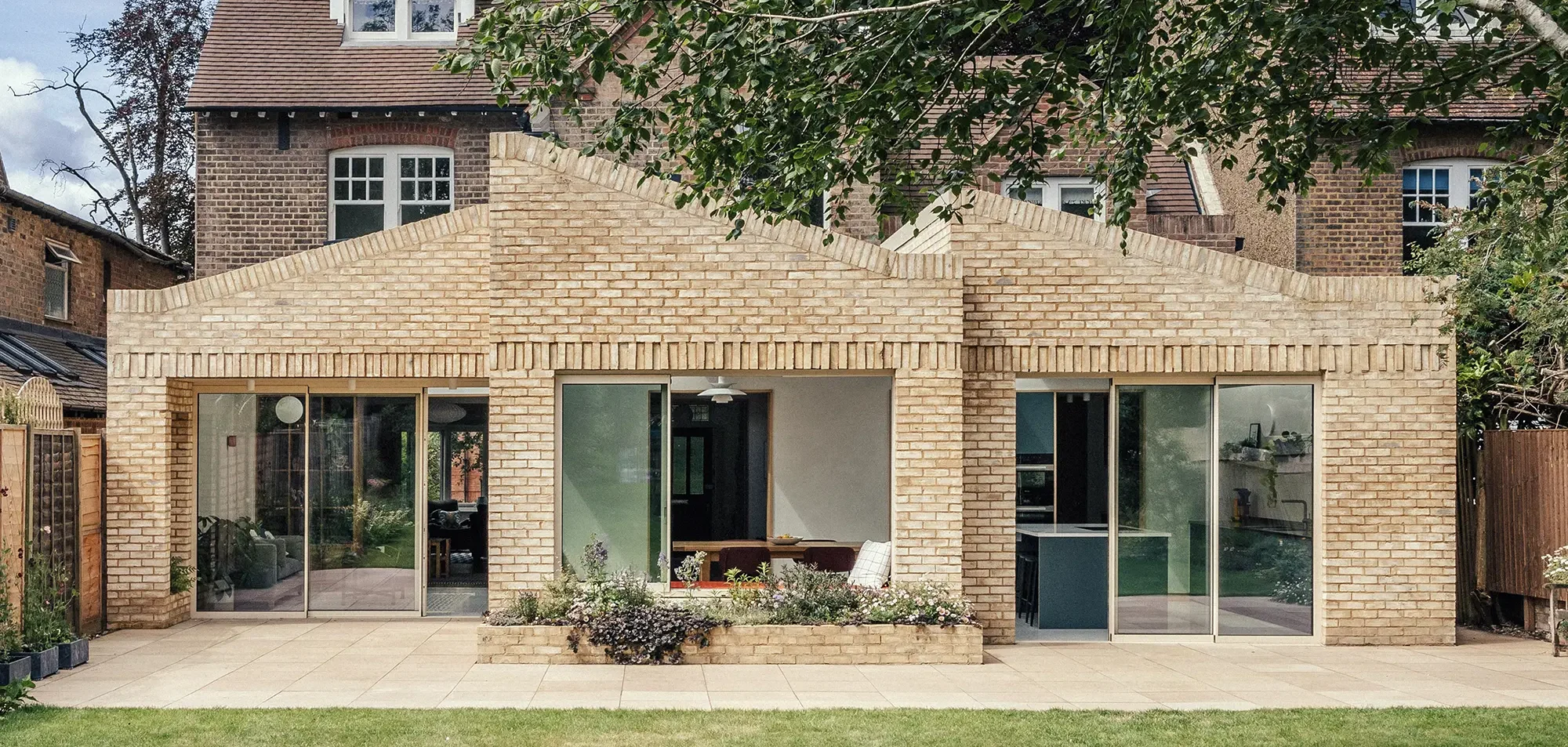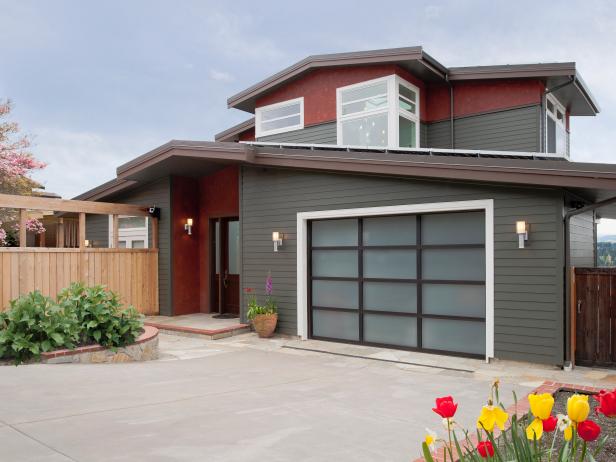But when you are choosing tiles and evaluating samples of countertops, do not overlook something much less spectacular but just as crucial: your house insurance.
Because most homeowners are unaware of this fact until it is too late: some modifications can have a big effect on your insurance coverage and premiums.
Let us examine five typical modifications that may cause unexpected changes to your insurance and how to keep ahead of the curve.
1.Adding a Room or Extension? You are Adding Risk, Too:

did you finally approve the upstairs guest suite or the sun-drenched family room you are building? Beautiful. But in addition to increased room, there is also more value, danger, and money at stake in the event of calamity.
Your insurance provider uses the cost of rebuilding your house from the ground up to determine coverage. More square footage = higher rebuild costs = the need for updated coverage.
You risk being significantly underinsured if you do not update your coverage following a significant addition. That implies that your insurance reimbursement may be woefully inadequate in the event of a fire, flood, or other disaster.
How to proceed: Before or as soon as you start construction, let your insurance know. It is not just about mental tranquility; it is also about financial security.
2.New Rates (sometimes Lower) and a New Roof!
A new roof is one of the most strategic and enjoyable upgrades. It can reduce your premiums in addition to improving curb appeal.
Why? Because older roofs are a problem for insurance companies. Leaks, storm damage, and expensive repairs are more likely to occur with them. For insurers, a modern roof poses significantly less danger, particularly if it is constructed of fireproof or impact-resistant materials. Additionally, decreased risk typically translates into cheaper premiums.
The drawback is that your insurer cannot provide you savings if they are unaware that you changed the roof.
What to do: Give your agent a call after the job is finished. Provide any necessary supporting paperwork, such as receipts, photographs, or documentation, to ensure that your updated roof is included in your coverage (and premium).
3.Putting in a swimming pool?
Although a pool may be the focal point of your garden, insurers view it as a liability magnet.
Your home’s liability exposure increases if you create the possibility of accidents, such as slick decks, diving accidents, or unattended children. This frequently translates into increased rates or a suggestion (or mandate) to expand your liability coverage.
Before modifying your coverage, some insurers could even demand certain safety precautions, such as perimeter fence, pool coverings, or self-latching gates.
How to proceed: Before you dig, give your insurance a call. Recognize any necessary coverage modifications (and safety enhancements).
4.Remodeling a bathroom or kitchen? The Cost of That Luxe Finish

Enhancing your bathroom or kitchen can significantly raise the replacement value of your house and is not just for show.
Consider this: You are replacing vinyl flooring with imported tile, quartz for laminate, and builder-grade appliances with luxury brands. Your insurer would be responsible for significantly more expensive repairs or replacements in the case of a tragedy.
After a significant redesign, you may find yourself underinsured and responsible for paying for your own luxury if you do not update your insurance.
How to proceed: Share your glow-up with your insurer after you have had your HGTV moment. To make sure your custom cabinets and marble countertops are completely covered, they will assist you in recalculating your coverage.
5.Converting a Room into a Rental Unit or Home Office? Things have just become more complicated.
Garages became Airbnb cash cows during the pandemic, while spare rooms subtly became Zoom headquarters. However, these adjustments may subtly affect your insurance requirements significantly.
Your own home insurance may not cover business equipment, inventory, or potential client injuries if you are operating a home-based business, even a side gig as a freelancer. For complete protection, you could require a rider or perhaps an independent policy.
Additionally, you are turning into a landlord if you rent out a portion of your house. In order to protect yourself from legal liability, loss of rental income, and tenant damage, you will typically need landlord insurance.
How to proceed: Before selling your extra room for rent or converting it into a coworking space, speak with your insurer. Avoiding gray areas in your coverage that might turn out to be problematic is the aim.
Last Word: Smartly renovate. Make Smarter Insurance Choices.
Home renovations can be both thrilling and draining. It is simple to forget how these modifications impact your insurance in the midst of the excitement. Ignoring those developments, however, might leave you financially vulnerable, overexposed, and underinsured when the unexpected happens.
Before making a significant expenditure in remodeling, building, or even painting, consider whether the value, structure, or use of your house will change.
Could it affect replacement cost, risk, or liability?
Give your insurer a call if the response is affirmative. Take the initiative. Keep what you have worked so hard to create safe. Because without complete coverage, a dream house is just that—a dream.



